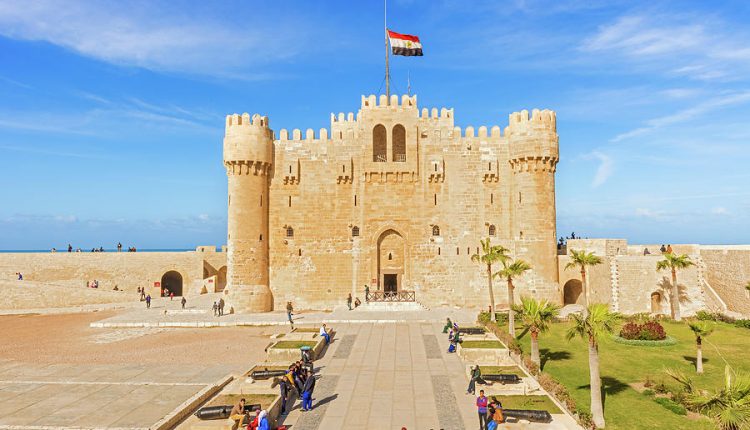One thing that both Egyptians and tourists should realize is that Egypt is not limited to its capital. Cairo is charming, no one can ever deny that, but the heritage of this North African country is far-reaching. Now with Egypt being a major touristic hub once more; it would be considered ignorant to not celebrate the lesser-known parts of history that truly make the country a melting pot of civilizations.
From Alexandria to Nubia, and everything in between, Egypt has a myriad of museums and historical sites spread across the governorates; some in places we bet you have never even heard of. So here’s our list of the 10 most interesting museums and historical sites across the country.
Alexandria National Museum
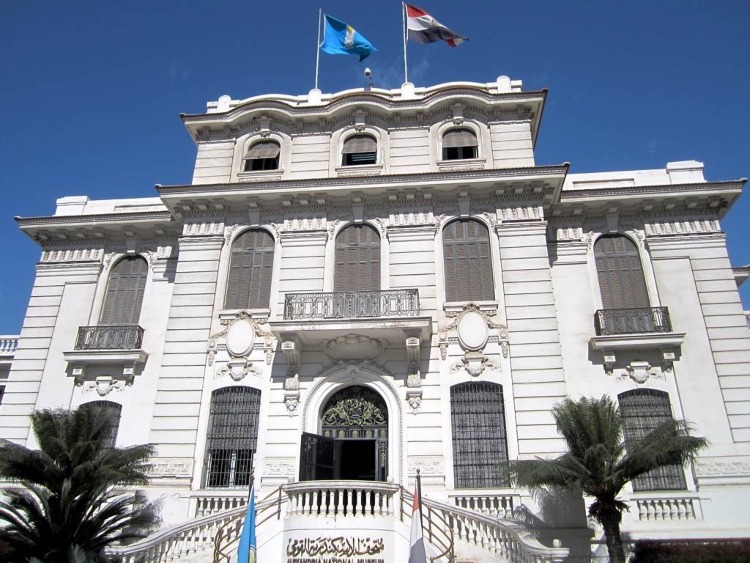
Situated in Fouad Street, the Alexandria National Museum is a guide to the history of the famed city. The building is filled to the brim with artifacts from different eras including the Pharaonic, Ptolemaic, and Roman eras. It houses a collection of statues, antiquities, and artworks. Between exhibitions, there are a number of maps that re-imagine classical Alexandria and how it would have looked like if visitors traveled back in time.
Citadel of Qaitbay
At the easternmost end of the corniche, a mighty castle stood guard over Alexandria’s harbor since 1480. In order to protect the northern Egyptian border, the Mamluk Sultan Qaitbay ordered a castle to be built on the ruins of the Pharos Lighthouse, a wonder of the ancient world that got toppled down by a violent earthquake in 1303. A cool fact is that the fallen rubble was used in the construction of the fort.
The Roman Amphitheater
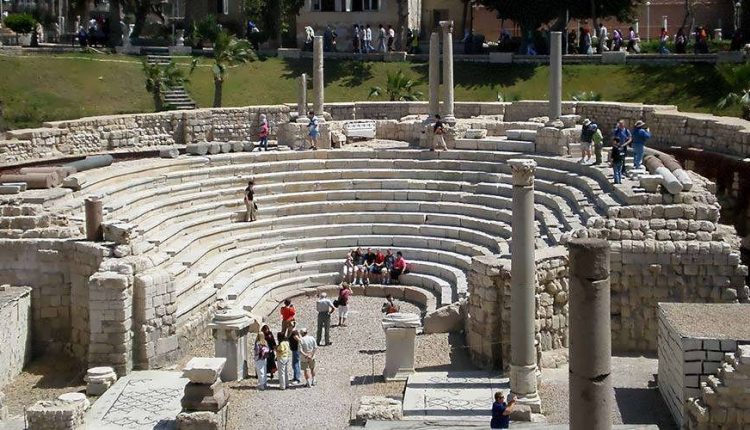
Located in Kom Al-Dikka, also known as “The Mound of Rubbles” in English, this was a forgotten ruin until 1947 when excavation efforts discovered remains of an ancient Ptolemaic Temple, a small amphitheater, and the mosaic flooring of a Roman-era house now known as the “Villa of Birds”.
Al-Alamein War Memorials
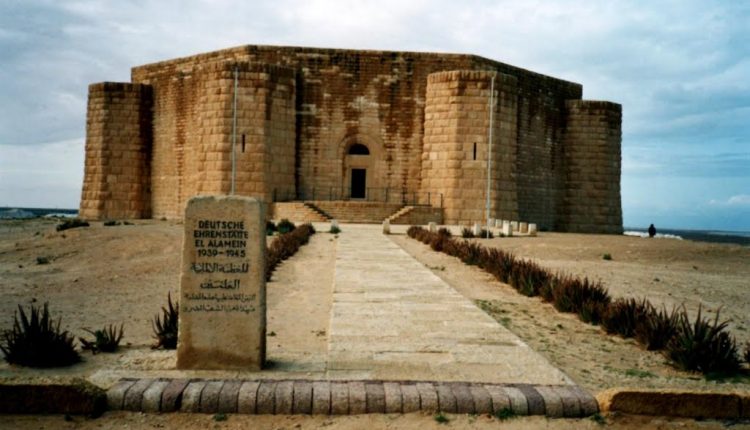
To the west of Alexandria lies the city of Al-Alamein, a coastal desert city that once was the ground for the Battle of Al-Alamein, the Allied Forces’ first major victory over Germany during the events of World War II. The town is home to a war museum indicating Egypt’s role in the Second World War and the Commonwealth Cemetery, a tribute to the fallen soldiers of the war.
Tanta Museum

Two years ago, the Egyptian Ministry of Antiquities reopened the Tanta Museum in Gharbiya Governorate after 19 years of closure. Several plans to restore and renovate the museum have been put in place throughout the years, but the opening date was always postponed. The museum itself is composed of five floors and is home to many artifacts dating back to several Egyptian historical eras, including the Pharaonic, Greco-Roman, Coptic, and Islamic ones.
The Military Museum of Port Said

Eight years following the Egyptian victory over Israel, France, and the United Kingdom in the events of the Suez Crisis, the Military Museum of Port Said opened its doors to the public in celebration of the governorate and its people. The museum has some of the spoils the Egyptian forces managed to gather in the aftermath of their victory in both the Tripartite aggression and the 6th of October War. It hosts a large collection of tools, equipment, Israeli tanks, canons, guns, and some parts and sections of military aircraft.
Abu Simbel Temple

Nestled beneath the Upper Egyptian sun, on the western bank of Lake Nasser, Abu Simbel Temple is a time-defying edifice of ancient Egyptian architectural ingenuity. The museum is worldly renowned for one unique phenomenon; on the 22nd of February, the birth date of the late Egyptian pharaoh, and again on the 22nd of October, his coronation, the rays of the sun illuminate three of four statuses situated at the top of the temple’s interior, each of which is 22.5 meters in height.
Dendera Temple Complex
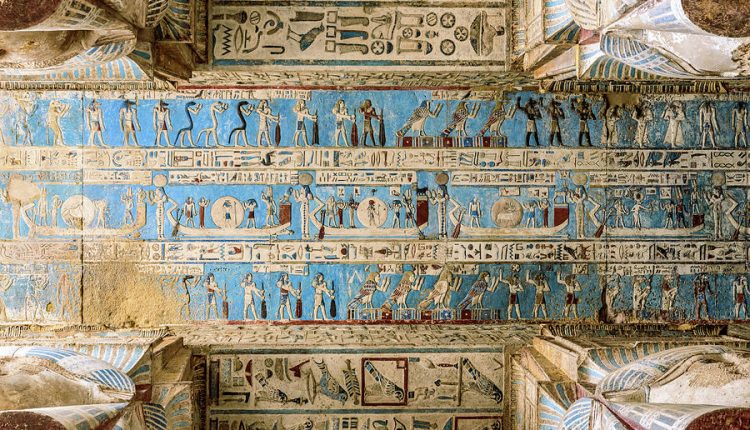
Discovered in the mid 19th century by French Egyptologist Auguste Mariette, the temple of Dendera is one of the most well-preserved ancient Egyptian temples. It was built mainly using sandstone and has gone through one major renovation that began under the Greek Ptolemies but was completed 185 years later during the reign of the Roman Emperor Tiberius. It is one of the most aesthetically beautiful museums in all of Egypt.
Although Greek in culture, the Ptolemies revered the ancient Egyptian lifestyle, and consecutively, their religion, to the point where many Egyptian deities were incorporated into Greek mythology. Therefore, the reason behind the Ptolemaic renovation was to honor the Egyptian Goddess Hathor.
The Monastery of Deir Abu Makar

One of the holy places located in Wadi Al-Natroun, northwest of Cairo, the Monastery is named after St. Makarios, who became the spiritual leader of the monks in the area. The monastery is awash with art in the form of paintings and frescos dating back to either the 5th or 6th century A.D.
Saint Catherine Monastery
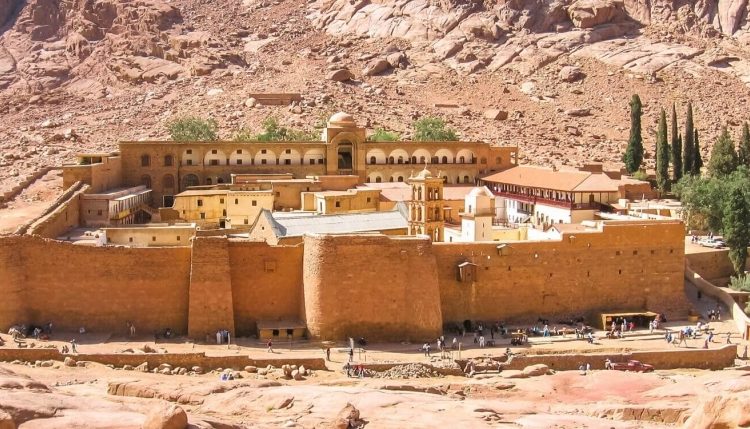
Between the golden dunes of the Sinai desert, at the foot of Mount Sinai, the Saint Catherine Monastery is one of the oldest Christian monasteries in the world that is still operating to this day. Mount Sinai with its sanctity to followers of the three faiths is a UNESCO World Heritage Site for the immense historical as well as cultural relevance it has. The most renowned of the manuscripts in the monastery’s library is the “Codex Sinaiticus”, a manuscript of the Bible written in ancient Greek, which is considered to be the oldest surviving copy of the New Testament.
Dropping any of these museums a visit will bring you closer to the rich history of Egypt as well as its extensive religious past. Beyond the new knowledge that you will learn, visiting these spots make for unique and refreshing ways of spending time in Egypt that go beyond dining in restaurants or chilling in a cafe.



